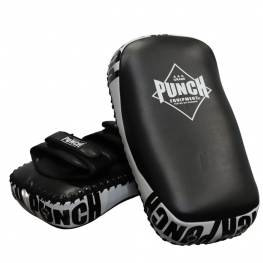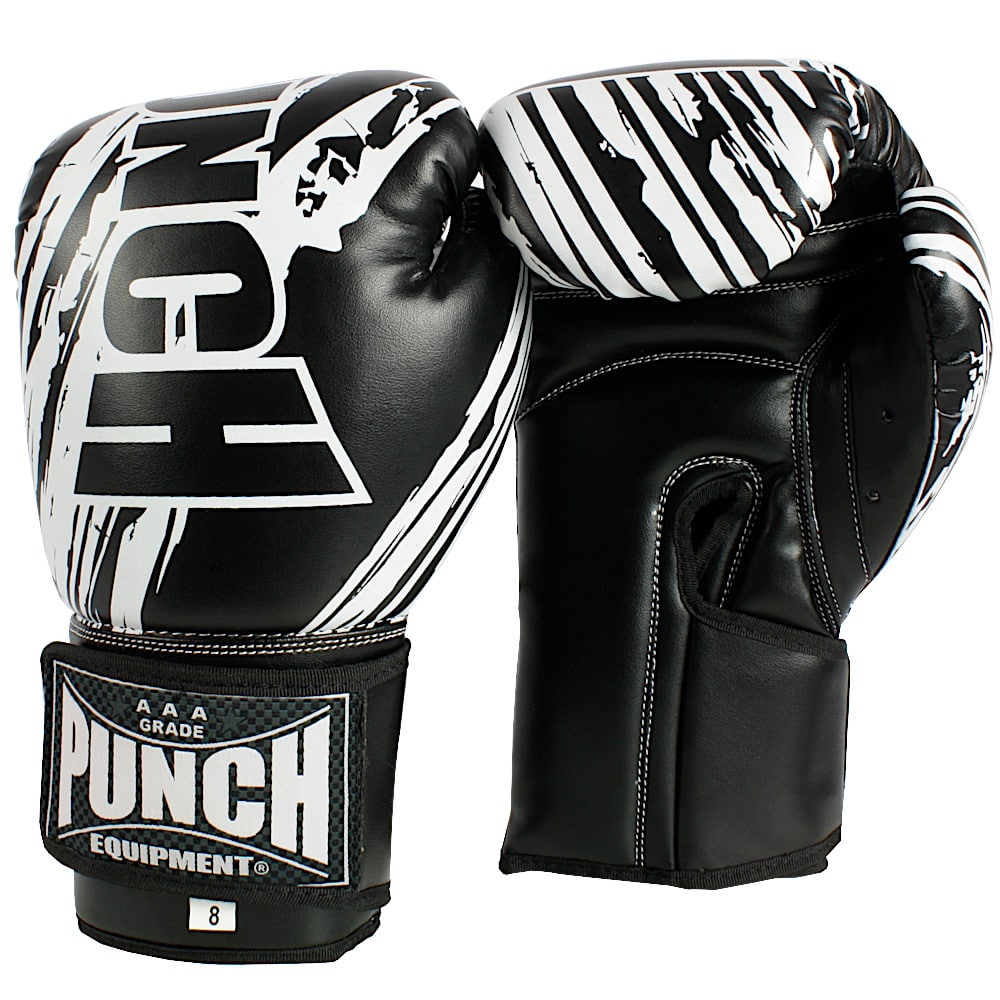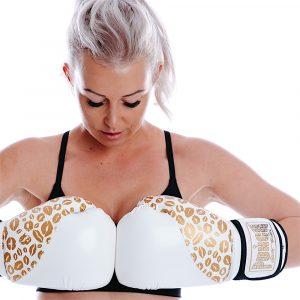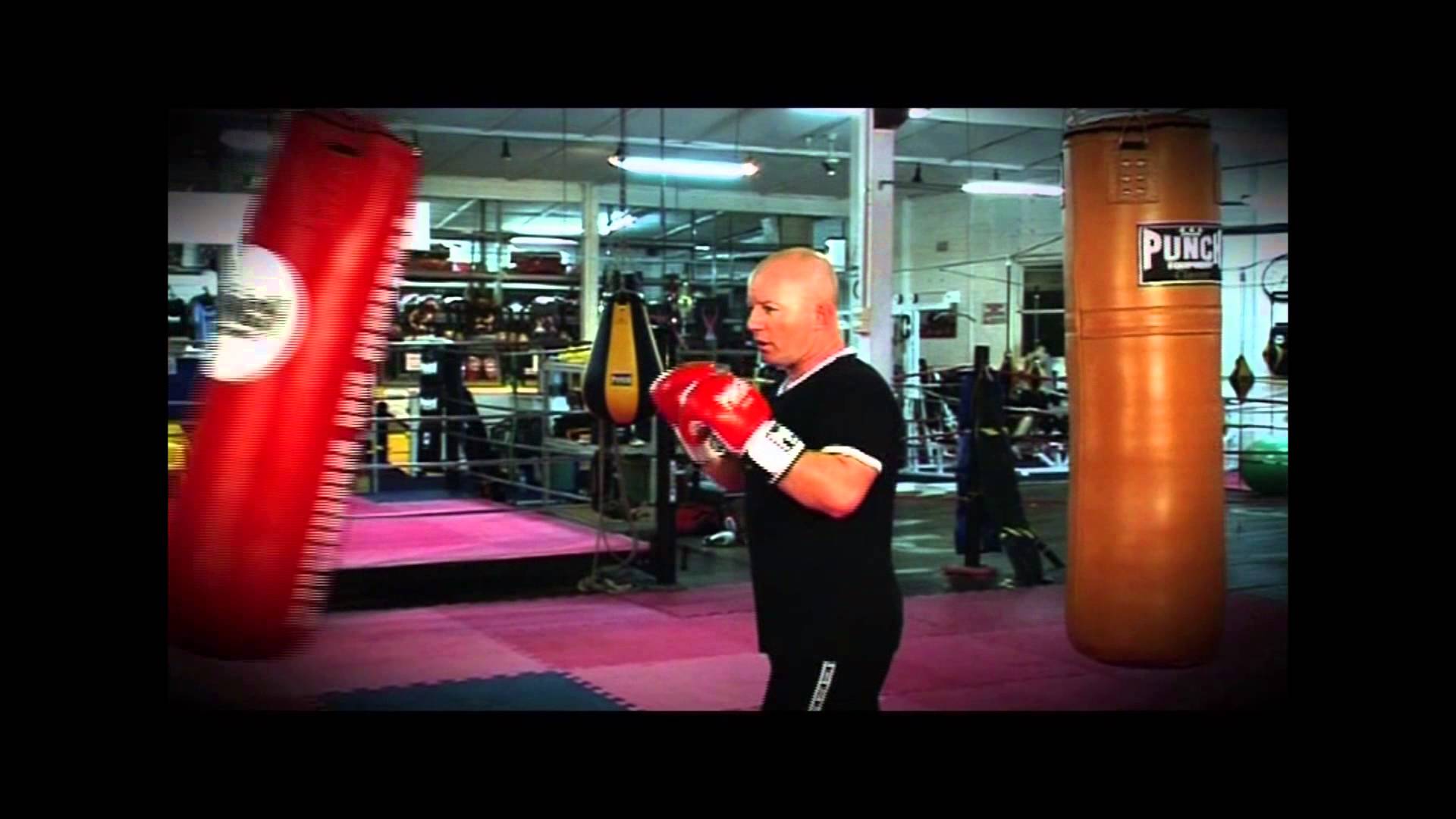How Muay Thai Kick pads differ from other kick pads
The Thai pad is essential equipment for a Muay Thai coach. With Thai pads, you can quickly adapt to both boxing and kicks in ways that martial arts paddles, traditional boxing mitts, and kick shields cannot. When it comes to learning Muay Thai and kickboxing, pad work plays a huge role, so it is essential to have a pair of comfortable and strong Muay Thai pads. For the most part, Thai pads work the same way, but some differences can dramatically change the feeling.
Listed below are the differences between Muay Thai pads and other kick pads
Flat vs. curved
Most Muay Thai pads sold on the market are either flat or curved. 'Curved' pads can vary slightly in curvature, and some don't seem very curved when they're new. A curved pad is usually preferred for kicking since the natural shape makes it easier to catch the kick. The flat Muay Thai pads don't feature this curve, so they're usually more affordable. As a result, they aren't as good at catching kicks and take more time to break in, but they are sometimes better at making a boxing surface flat.
Thinner vs Thicker
The padding thickness and weight will have a significant impact on the pad's impact speed and absorption. Muay Thai pads work best for significant strikes, while smaller ones work better for boxing-heavy combos. Regarding combos, you might think a thin pad would be better, but we suggest going for a thicker pad. When holding for a heavy kick, thicker pads feel better to hit and are much safer for your arms.
Padding forearms or no padding
Most brands have recently added a line of padding along the forearm of the pad holder to improve comfort for the pad holder. Muay Thai pads like this usually have softer padding than actual pads, protecting the arm from impacts. However, some pads choose not to use this padding on the forearms. It not only reduces the cost of production but also makes the pad lighter and faster to use.
Padding vs. no padding
Generally, the forearm straps on Muay Thai pads are thick enough to hold their position well and are also quite comfortable to wear. However, when pads have been used heavily and worn down, these straps may rub on the arms a little, making them uncomfortable to hold for long periods. The straps of some brands feature extra padding, either stitched into place or slip-on. Generally, it can provide some level of comfort, but when it comes to turning the wrist, especially when it is new, it can also create friction. It is excellent when coaches hold pads all day, but there is no difference between holding pads for a short period and holding pads all day.
Arm straps: single vs. double
There is a high probability that Muay Thai pads from Punch Equipment will have one or two straps attached to the forearms. It is usually dictated by the pad size and how many straps are needed. Depending on the size of the pad, you only need one arm strap to keep it in place in the case of smaller pads. With just one arm strap, the pad is easy to twist, which is excellent for boxing-heavy combos, but if the pad isn't thick enough, there isn't as much wrist support or stability, which can be an issue when holding for hard kicks.





